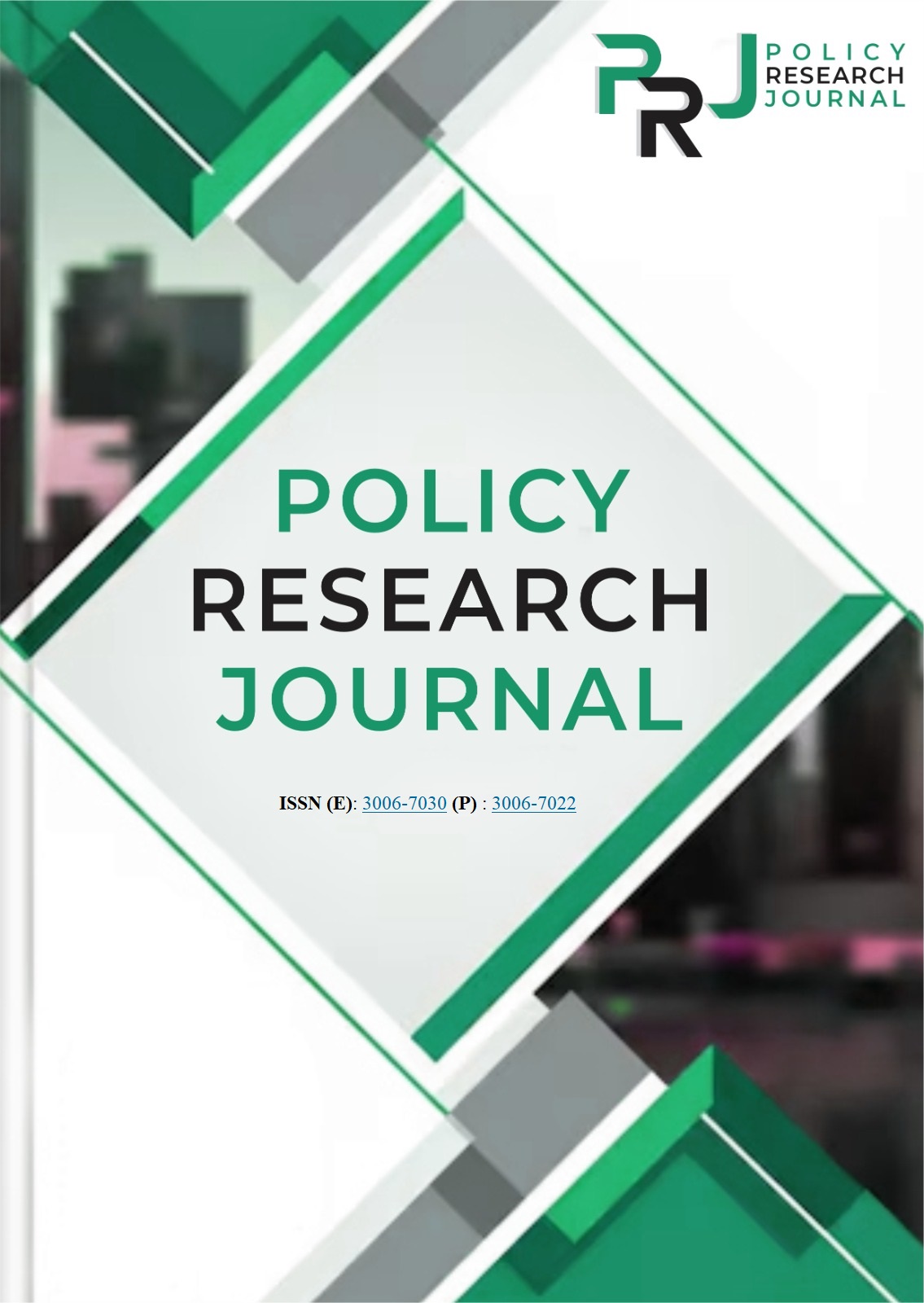ANALYZING THE IMPACT OF INSTITUTIONAL AND ENVIRONMENTAL SUSTAINABILITY FACTORS ON CREDIT RISK IN BANKING SECTOR: A MULTIFACETED APPROACH FROM ASIAN ECONOMIES
Keywords:
Environmental Sustainability, Environmental Tax, Credit RiskAbstract
This study examines the relationship between environmental, banking sector specific and country level factors and how they influence credit risk of banking sector in the Asian economies, using the Generalized Method of Movements for estimation. The work analysis how various factors like environmentally related tax revenues, CO2 emissions, World Governance Indicator, capital market development, capital adequacy, real interest rate, and GDP growth determine credit risk. The results show that environmentally related tax revenues are significantly, negatively impacts credit risk, highlighting the importance of environmental sustainability in financial stability. Capital market development has significant and negative impact on credit risk, highlighting the increased credit disbursement to private sector significantly decreases the credit risk. The study finds insignificant, positive relationship of CO2 and insignificant, negative relationship of WGI, capital adequacy, real interest rate, and GDP growth with credit risk. The study concludes that, green fiscal policies have an essential role in macroeconomic stability and ultimately reducing the credit risk. It is highlighted to policy makers that encouraging environmental responsibility leads to economic stability and financial resilience, particularly in addressing financial risks involved in banking sector.

















